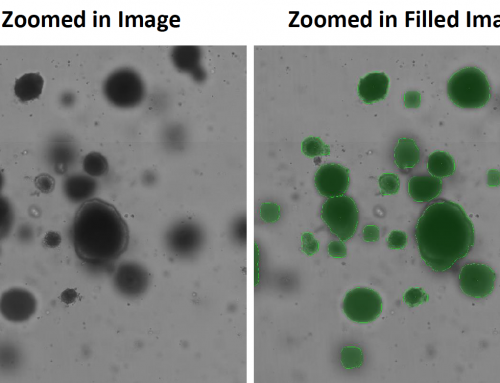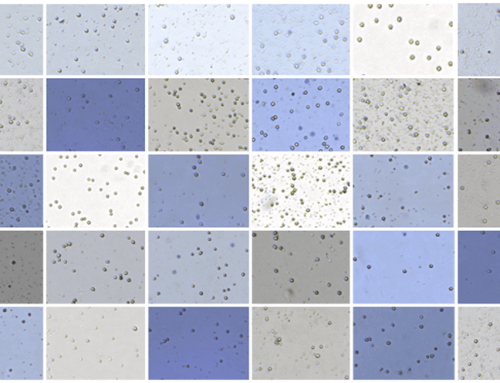Stem Cells are undifferentiated cells within a tissue or organ that can develop into specialized cell types.
Embryonic Stem Cells are derived from human embryos developed from eggs fertilized in vitro and donated for research. Though stem cell research has shifted away from embryonic stem cells for ethical and legal reasons, there are currently 21 approved stem cell lines that are monitored by the NIH Stem Cell Unit. Undifferentiated cells derived from cultured embryonic stem cells, or pluripotent cell lines, can be used to test new drugs and could potentially be used in cell-based therapy for a wide range of diseases.
Adult or Somatic Stem Cells have been discovered in many tissues and organs. The primary role of these cells is to maintain and repair the local tissue. Adult stem cells are believed to reside in a specific location within each organ or tissue, named the “stem cell niche”. Stem cells may remain quiescent, or non-dividing, for long periods of time, until needed.
Hematopoietic Stem Cells found in the bone marrow can differentiate into red blood cells, B lymphocytes, T lymphocytes, natural killer cells, neutrophils, basophils, eosinophils, monocytes, and macrophages
Mesenchymal Stem Cells found in bone marrow can form bone cells (osteocytes), cartilage cells (chondrocytes), and fibrous connective tissue.
Neural Stem Cells can develop into neurons, astrocytes, and oligodendrocytes.
Epithelial Stem Cells within the digestive tract can form absorptive cells, goblet cells, paneth cells, and enteroendocrine cells
Epidermal Stem Cells form keratinocytes
Follicular Stem Cells can form either the hair follicle or the epidermis.
Somatic stem cells have been isolated from other tissues as well.
Stem Cell Characteristics
Adherent / Non-adherent: predominantly adherent
Cell Type: undifferentiated cells
Cell Source: various tissues
Recommended Media: Due to strict regulatory guidelines for cell therapies and the need to eliminate batch-to-batch variability, many researchers have switched to serum-free media for the culture of pluripotent stem cells (PSCs), avoiding all non-human animal extracts.
Because PSCs grow better when attached to other cells or an optimized extracellular matrix (traditionally layers of feeder cells or a gelatinous tumor extract, such as Matrigel), many companies are looking to optimize substrates or surfaces for stem cell culture, with a goal of generating controlled, consistent surfaces that promote stem cell growth. The next hurdle is identifying matrix and media combinations that not only promote the growth of a wide variety of cells, but also promote stem cell differentiation.
Stem Cell References:
Hematopoietic Stem Cells. In Stem Cell Information [http://stemcells.nih.gov/info/scireport/chapter5.asp]. Bethesda, MD: National Institutes of Health, U.S. Dept. of Health and Human Services, 2011. [cited Monday, February 20, 2012]
Stem Cell Basics: What are adult stem cells? In Stem Cell Information [http://stemcells.nih.gov/info/basics/basics4.asp]. Bethesda, MD: National Institutes of Health, U.S. Dept. of Health and Human Services, 2011. [cited Monday, February 20, 2012]
Baker, Monya, (2011). Stem Cells in Culture: Defining the Substrate, Nature Methods. 8, 293-297 Doi:10.1038/nmeth0411-293.




Leave A Comment